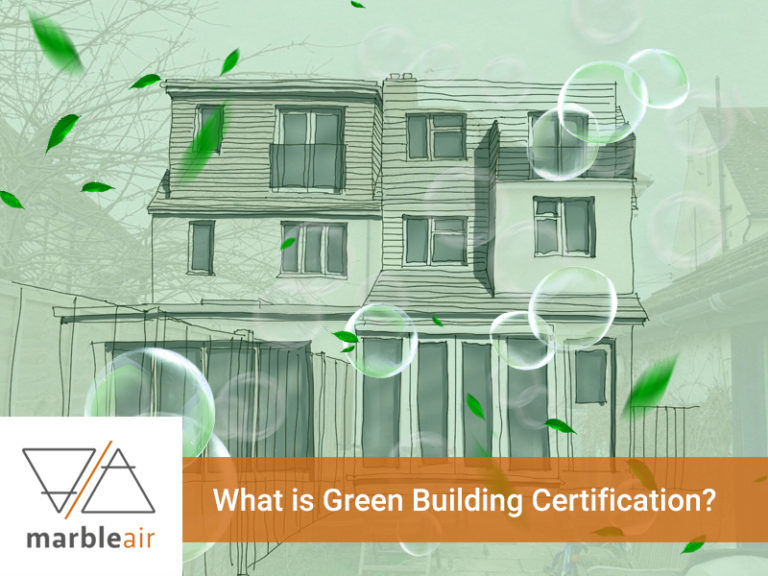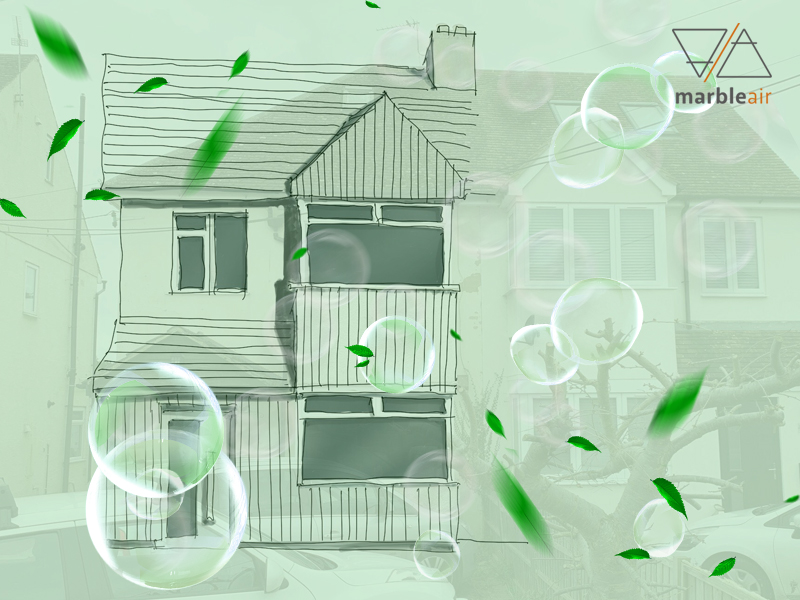
What is Green Building Certification?
Responsible architects, designers, contractors and engineers are acutely interested in the topic of green building certification.
There can be no question as to why this is.
Green building certification is the key way of ensuring compliance with the evolving concept of sustainable building.

The Foundation of Green Buildings
Building green structures does not necessarily mean that each project will have no impact on the environment, zero waste, and utilise only locally sourced, sustainable materials. Whilst this is certainly the long-term goal, right now each participant in a new build or a renovation should be looking at:
- Making the most efficient use of energy, water and other resources
- Creating a ‘healthy’ building which protects occupants and creates a productive space
- Minimum environmental impact with a reduction in waste and pollution
With so many fingers in the proverbial pot, how can we successfully manage a build to achieve these lofty, yet essential, standards?
Green Building Certification in the UK
Britain has made a commitment to promote and support green buildings, many ideas having made it into the UK Building Regulations, which requires that most work undertaken in the UK requires buildings regulations approval.
Building regulations cover a broad range of factors.
“The detailed requirements of Building Regulations in England (and Wales) are scheduled within 16 separate headings, each designated by a letter (Part A to Part Q), and covering aspects such as workmanship, adequate materials, structure, waterproofing and weatherisation, fire safety and means of escape, sound isolation, ventilation, safe (potable) water, protection from falling, drainage, sanitary facilities, accessibility and facilities for the disabled, electrical safety, security of a building, and high-speed broadband infrastructure.” (Source)
Within these elements, there is ample room to go green.
Building Research Establishment Environmental Assessment Method (BREEAM)
Established in 1990, the Building Research Establishment Environmental Assessment Method (BREEAM) was the UK’s first green building certification. BREEAM makes use of licensed assessors who carefully rate buildings using a set of indices and sustainable metrics resulting in objective evaluations ranging from ‘Pass’ to ‘Outstanding.’
These cover a host of categories which include:
- Energy and water usage
- Pollution and waste
- Transport
- Health and wellbeing of the occupants
- Materials
- Management processes
Leadership in Energy and Design (LEED)
Developed by the U.S. Green Building Council, Leadership in Energy and Design (LEED) is an accepted worldwide certification. The comprehensive rating system covers design, construction, operation and maintenance of buildings from homes, to schools, retail and healthcare, and commercial structures.
“The certification process for design teams is made up of two consecutive applications: one including design credits, and one including construction credits.
“All of the LEED credits in each rating system are assigned to either the design application or the construction application. The design credits include those that are the purview of the architect and the engineer and are documented in the official construction drawings. The construction credits include those that are predominantly under the purview of the contractor, and are documented during the construction and commissioning of the building.”(Source)
WELL
WELL is a fairly new player in the global green certification family and places a specific focus on the health and safety of occupant health in a building.
Whilst having a keen interest in office projects, the principles can be applied successfully to education, food services and community planning. As with any green certification, the WELL concepts are best considered at the design stage with the client and architect.
Energy Performance of Building Directive (EPBD)
The UK is committed to the European Union policy represented by the Energy Performance of Building Directive (EPBD).
“A mandatory certificate called the Building Energy Rating system (BER) and a certification Energy Performance Certificate is needed by all buildings that measure more than 1,000 m2 in all the European nations.” (Source)
The BER is calculated by factoring in, not only size and occupancy levels, but notably it includes energy use for hot water heating, ventilation, and lighting.
Further Green Building Innovations
We’re thrilled to see so many players within the private and public sector coming to the table with innovative green ideas.
Excellence in Design for Greater Efficiencies (EDGE)
As a member of the World Bank Group, EDGE says the following of its mission:
“An innovation of IFC, EDGE (“Excellence in Design for Greater Efficiencies”) is an online platform, a green building standard and a certification system for more than 160 countries. The EDGE application helps to determine the most cost-effective options for designing green within a local climate context. EDGE can be used for buildings of all vintages, including new construction, existing buildings and major retrofits.
“A project that reaches the EDGE standard of 20 percent less energy use, 20 percent less water use, and 20 percent less embodied energy in materials compared to a base case building can be independently certified. The value of EDGE certification is a promotional advantage, as customers benefit from lower utility bills.”
Building Information Modelling (BIM)
“Building Information Modeling (BIM) is a process that begins with the creation of an intelligent 3D model and enables document management, coordination and simulation during the entire lifecycle of a project (plan, design, build, operation and maintenance).”
This smart software allows various agencies to exchange comprehensive information regarding the planning and design of a structure and to support green initiatives in a proactive manner.
In Conclusion
Granted, there is a lot of information around green sustainable building. However, we need to understand that these organisations and the professional bodies which conform closely to their requirements are all working for the greater benefit of our world.
We’d like you to carefully consider the benefits of green building certification and encourage you to seek out business partners who value the importance of these critical guidelines. Please feel free to contact the MarbleAir team who are ardent supporters of sustainable building and can assist you with all your questions.
